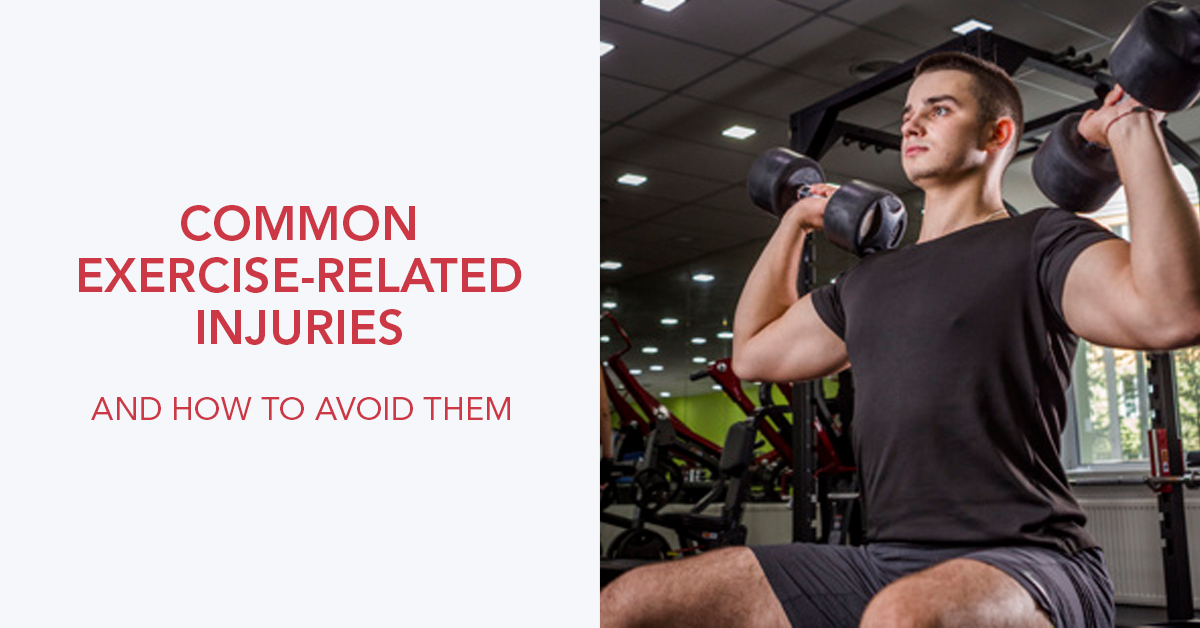At Star Imaging, we’ve often treated patients who require an MRI to diagnose a sports or exercise-related injury. However, even though we’re equipped with the world’s most advanced scanners and specialized radiologists who can provide an accurate diagnosis of your injury, we’re the first ones to say that prevention is better than cure.
Sports injuries are painful, and often, you can take a while to regain full mobility. Here are three of the most common injuries and how to avoid them so that you stay safe while exercising or playing sports.
Strained back:
This is the most common injury. Many people have weak back muscles, thanks to prolonged hours hunched over their laptops and other lifestyle habits.
Dos:
- While lifting heavy objects, don’t bend from your back – instead, squat and lift
- Exercise regularly to maintain mobility and keep joints fluid
Don’ts:
- Don’t go too hard or overboard with your exercise regime – gradual is good
- Avoid sleeping on your back as far as possible, as it is considered to place more stress on the back – if sleeping on your back, place a rolled pillow under your knees to ease/avoid back pain
Strained shoulders:
Shoulders can carry a lot of strength and can have a wide range of motion, but if you over train those areas or don’t fully strengthen in all the right areas, you can become injured.
Dos:
- Strengthen your shoulders with wall push-ups, shoulder presses, and elastic tube resistance training – try lower resistance exercises with more repetition for the small rotator cuff muscles
- Frequent massages can help improve circulation
Don’ts:
- Never ignore a shoulder injury, however small – it may quickly become worse upon further exercise
- Don’t hunch your shoulders while working, you’re probably doing it now too – remind yourself to relax your shoulders
Knee pain:
Knee injuries are painful and all too common and can happen for a number of reasons like not performing squats correctly or running uphill on the treadmill without warming up or without any experience. Knee injuries can be prevented by strengthening your hip, glute and quad muscles. Here are some more tips:
Dos:
- Improve knee joint mobility by stretching (dynamic stretching and static stretching – holding poses for 10-30 seconds), and also remember to stretch your ankle and hips
- Wear proper shoes that fit while exercising – use cushioned shoes that absorb the shock of hard surfaces
Don’ts:
- Seniors should avoid spending too much time in the squatting position, as it places more stress on the knee joints
- Avoid running on concrete surface – look for asphalt or natural surfaces
- While running downhill, focus on landing on the ball of your feet, not your heel
Achilles Injury:
Most common in runners, the risk is twofold – either a chronic inflammation of the tendon or an actual tear in the tendon. Here’s how you can overcome this challenge.
Dos:
- Stretch frequently and build strength in your calf muscles, and shoulders, lower back and legs
- Try cross training with non-weight bearing sports like cycling or swimming
Don’ts:
- Avoid a dramatic, sudden increase in training
Wrist injuries:
Wrist and hand injuries make up about 25% of all sports related injuries. Even basic exercises like push-ups and planks can result in wrist injuries.
Dos:
- Use grip exercises and wrist curls to increase flexibility and strengthen your hands and forearms.
- Take a 10–15 minute break every hour to stretch your hands and wrists
- If you have Carpal Tunnel Syndrome, consider using a wrist splint at night
Don’ts:
- While doing exercises like the plank, avoid resting on your palms, as this could put pressure on the wrist – instead rest on your elbows, with your hands and wrist flat in front of you, facing downward
- Similarly, for pushups, avoid doing it on your palms – instead, try using a push-up bar or doing them on your knuckles, keeping your wrists straight
Remember, always consult your trainer or doctor before beginning any new exercise program. And if exercise is resulting in pain, make sure you don’t delay a check-up with your doctor.
